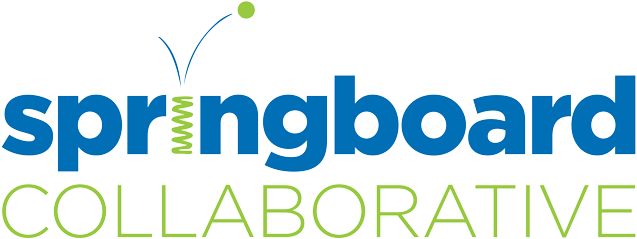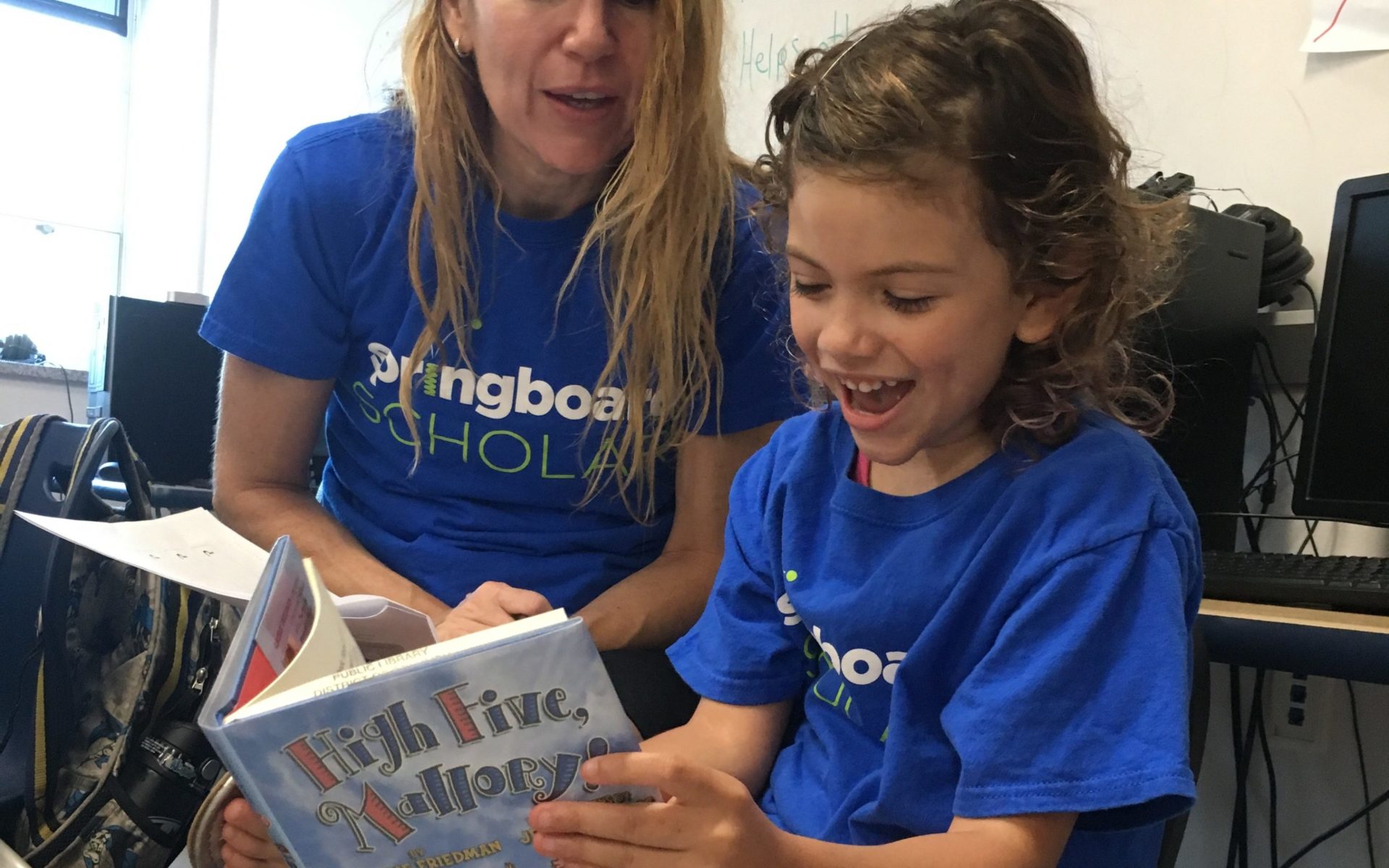If you’ve ever watched a child learn how to read, it seems magical. One day they are struggling through letters and sounding out words and the next they are reading full sentences.
But reading isn’t really magic. Although it’s a complex process, it can be boiled down to two skills. The first is the technical part of it–knowing the letters and the sounds they make. The second part is understanding what the words mean when all the letters are put together.
As a parent, you naturally help your child develop both parts of the reading process, even if you don’t know you’re doing it! Let’s talk about some specific ways you can help your child develop these two skills and become a reader.
Read aloud to your child.
You’ve heard it before — reading to your child is critical for their reading success. Why is that? A big part of reading is knowing words or having a large vocabulary. And YOU play a huge role in helping your child learn words by talking to them. That’s it. Having a conversation is the best way to help your child learn and use words.
The easiest way to have rich conversations with your child is by reading a book. As you read, pause and ask questions. Talk about the pictures, the characters, the questions your child has. Talk about what happened in the beginning, the middle and the end. Don’t rush to get through a book.
Think of reading as a three-way conversation between you, your child, and the book.
Even when your child knows how to read, keep reading aloud to them. Your first or second grader may know how to read but they can only read books that are at a certain level. Those “first reader” books don’t use interesting vocabulary. But your child can listen to and understand more complicated books like Hatchet or Island of the Blue Dolphins, which are both tales of a child surviving on their own in a strange and unknown place. With these two classic books, your child will learn new, interesting words and build knowledge about the world around them—two super important parts of reading comprehension.
Play word games.
The other important thing that kids need to know in order to read is that words are made up of different sound parts. So, for example, the word “cat” is really the “c” and “a” and “t” sound all squished together. If children can’t hear how a word is put together, they’ll have a harder time seeing and reading how a word is put together.
You can help your child learn that words are made up of different sounds by playing word games, like “Stretch It.” This game is pretty simple and you can play it any time you’re waiting. You say something like:
“We’re gonna play a game where I’m going to stretch out a word into just the sounds and you try to guess what word I’m saying. So, for example, c……a……t… and you would say, “cat” or if I say s…l……ow…..l…y, you would say, “slowly!” Let’s try.”
Another one, which we call “Which One is Not Like the Others?”, helps children notice the different parts of words.
Ok–in the words cat, dim, rat–which one sounds not like the others? (dim it has a different vowel sound)
What about bed, ball, cat? (cat starts with the “k” sound instead of “buh” sound)
What about walked, cooked, sang? (walked and cooked have the same ending sound but sang does not)
Remember these are all sound games. Your child shouldn’t be writing or spelling them. The most important thing is to be able to hear the sounds that make up a word. And if English isn’t your home language—no problem. These skills transfer to any language!
When your child is older and has learned their letters and sounds, try playing the game Bananagrams – a favorite in our household. This game really helps a child see how switching around letters and sounds makes different words.
Create a habit of reading in your house.
Once your child starts reading, practice, practice, practice! Set aside some time every day. In our house, you can stay up 15 minutes “past bedtime” if you are reading. A friend of mine has 20 minutes of “reading time” where everyone in the family sits down with a book or magazine (including parents) before they head off to bed. However you fit it in, there is no substitute for reading. This video has some great book suggestions. Don’t forget to check out your local library’s selection!
Don’t just read books. Read signs, read cereal boxes, read articles (For some great child-friendly articles, check out Newsela.com and Readworks.org.) Continue to talk about words wherever you find them.
Talk to your child’s teacher and copy what your child does in school.
Remember, as you work to turn your child into a reader, you are not alone. Your child’s teacher is there to help you.
So reach out and talk to your child’s teacher. Ask what they are doing in class and specifics ways you can reinforce those skills at home.
You two will make a great team!
Reading is such an important life skill. Your child will use it every day in school and beyond.
As their parent, you can help give this gift of reading to your child.
Post contributed by Amanda Hamilton Roos of www.BuildingtheBridge.org

